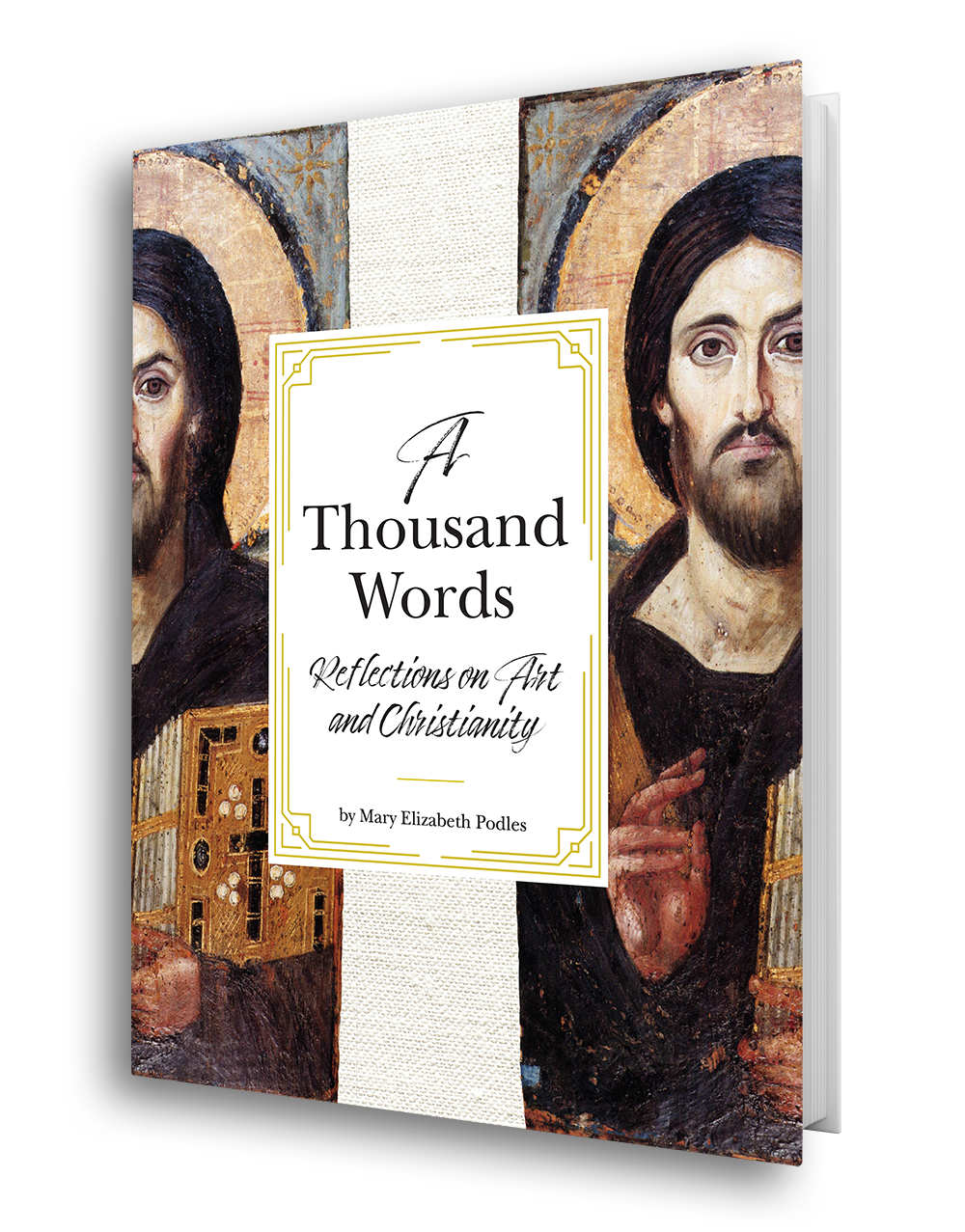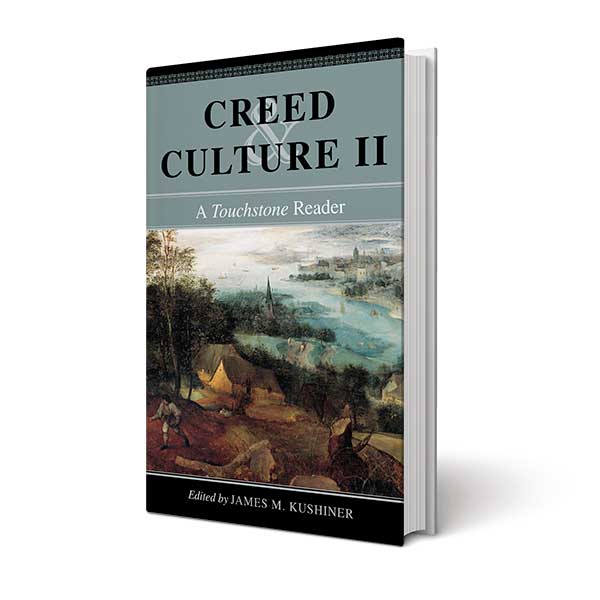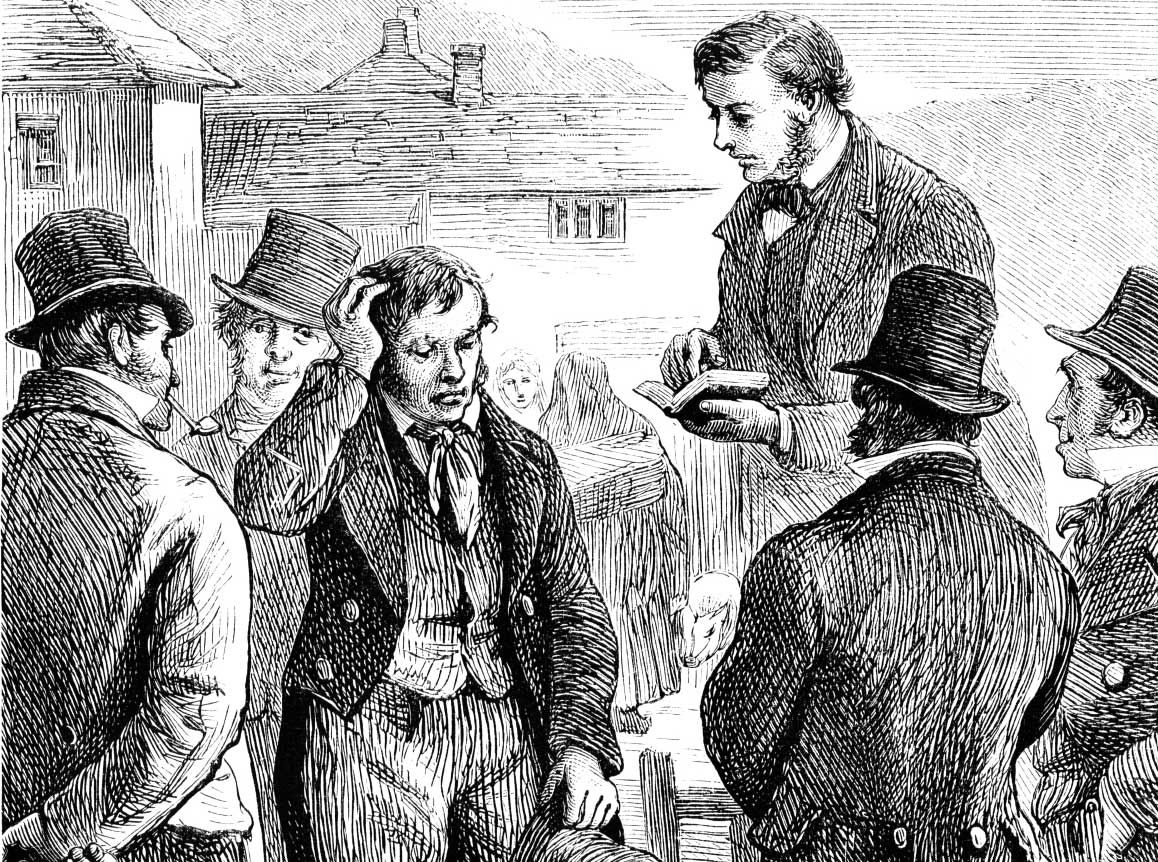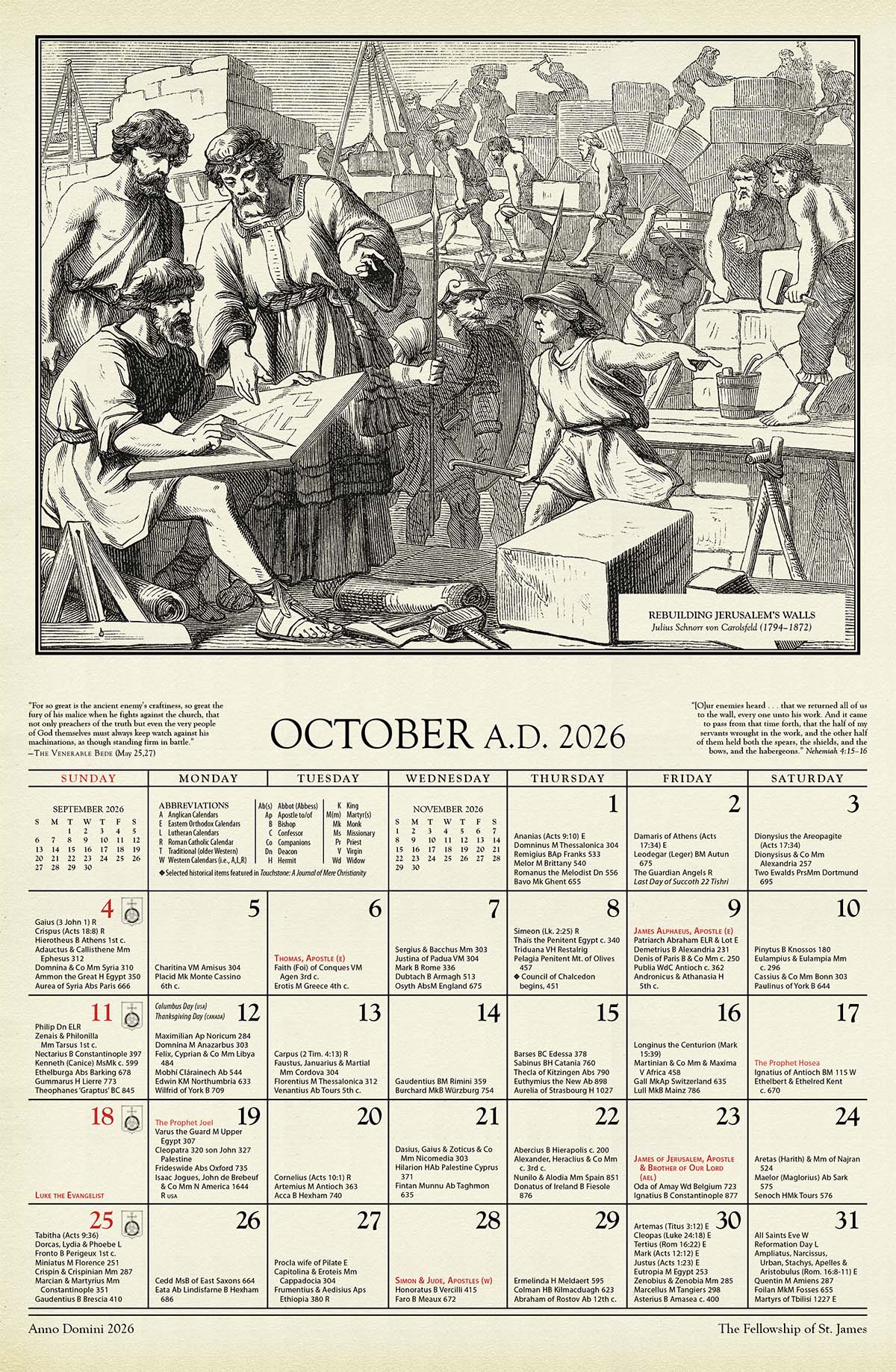The Harrowing of Hell by Fra Angelico
In Western art, the scene depicted here, by the early Renaissance Dominican artist Fra Angelico, is generally called The Harrowing of Hell. It represents the imagined events of Holy Saturday, when Christ descended to the souls of the righteous to bring them to heaven, a heaven closed to them pending the redemptive sacrifice of the Cross. The image is somewhat unusual in fifteenth-century Italy; let us examine the cast of characters and the dramatic action to search out its appeal to this particular painter.
The Painting
Fra Angelico’s painting closely follows the conception of the Anastasis icons of the Eastern Church; rather than imagining Christ’s bursting from the tomb, iconographers represented the Resurrection as this salvific moment. Here, as in Orthodox icons, Christ, bearing the victory banner, bursts open the door to hell, crushing the last enemy, Death, who has been conquered by Christ’s death. At the left, demons flee into a hidden, darker part of hell, while in the center, the souls of the redeemed rush out to meet their Lord. First among them is Adam, with the long white beard of St. Paul’s “Old Man,” now clothed in white to match his savior. Christ grasps him by the wrist and leans forward to pull him, almost forcibly, to his salvation. The two lock eyes as if to signify that Christ, the New Adam, and the Old Adam recognize each other and themselves, the first and the last. Their striding poses mirror each other, while Lucifer, the instigator of the original Fall, strides away to hide himself.
Behind Adam follows John the Baptist, Christ’s most recent precursor, and beside him is Eve. She wears the same purplish garments Fra Angelico uses elsewhere to depict the Virgin Mary, and she crosses her arms in the same prayerful gesture. She is the Old Eve, while Mary, whom she mirrors, is the New. Further back in the crowd we can identify her son Abel with his bloodied head, the first man to die, and die unrighteously by murder. His blood cried out to God, and here it is answered.
THIS ARTICLE ONLY AVAILABLE TO SUBSCRIBERS.
FOR QUICK ACCESS:
Mary Elizabeth Podles is the retired curator of Renaissance and Baroque art at the Walters Art Museum in Baltimore, Maryland. She is the author of A Thousand Words: Reflections on Art and Christianity (St. James Press, 2023). She and her husband Leon, a Touchstone senior editor, have six children and live in Baltimore, Maryland. She is a contributing editor for Touchstone.
subscription options
Order
Print/Online Subscription
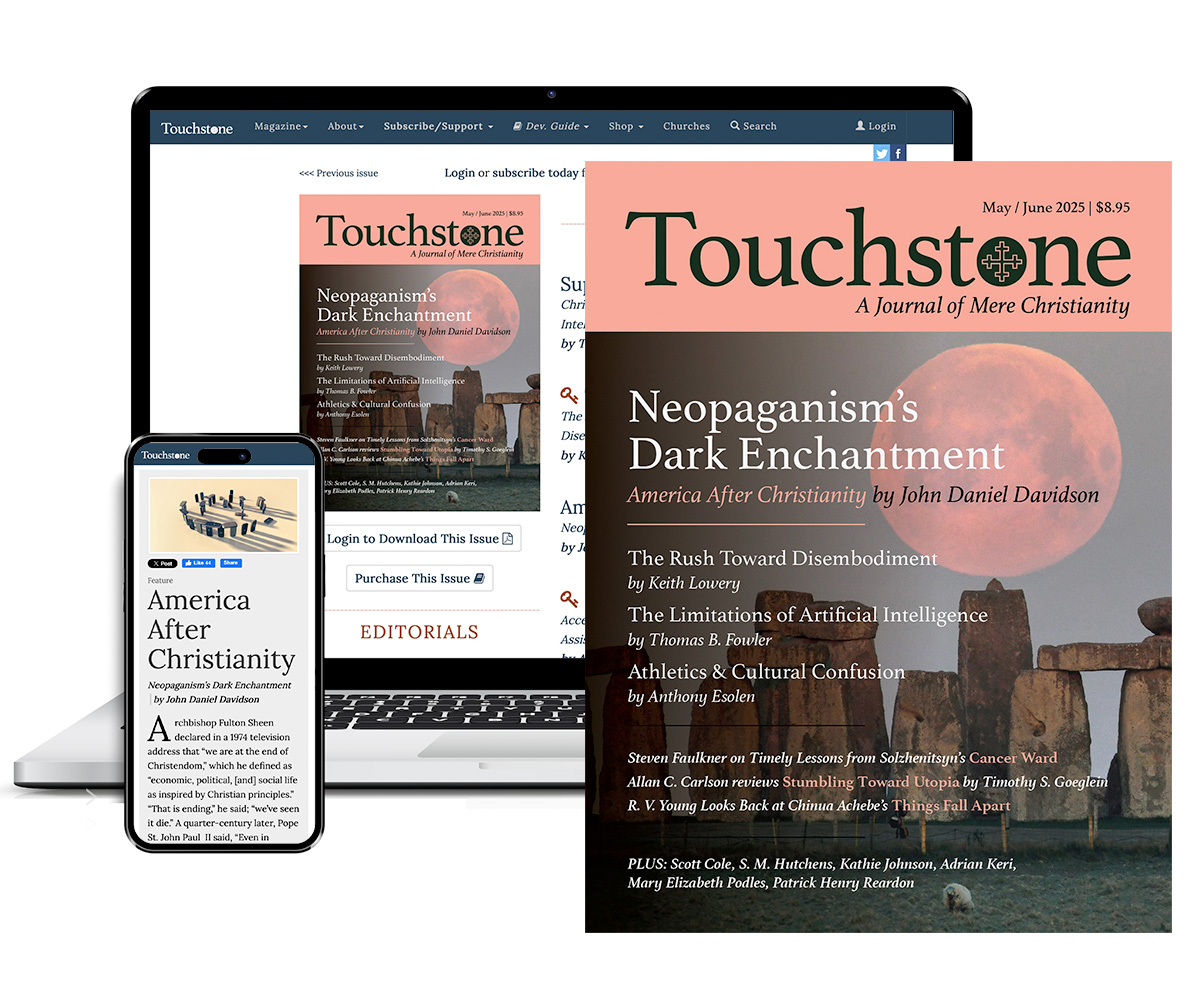
Get six issues (one year) of Touchstone PLUS full online access including pdf downloads for only $39.95. That's only $3.34 per month!
Order
Online Only
Subscription

Get a one-year full-access subscription to the Touchstone online archives for only $19.95. That's only $1.66 per month!
bulk subscriptions
Order Touchstone subscriptions in bulk and save $10 per sub! Each subscription includes 6 issues of Touchstone plus full online access to touchstonemag.com—including archives, videos, and pdf downloads of recent issues for only $29.95 each! Great for churches or study groups.
Transactions will be processed on a secure server.
more from the online archives
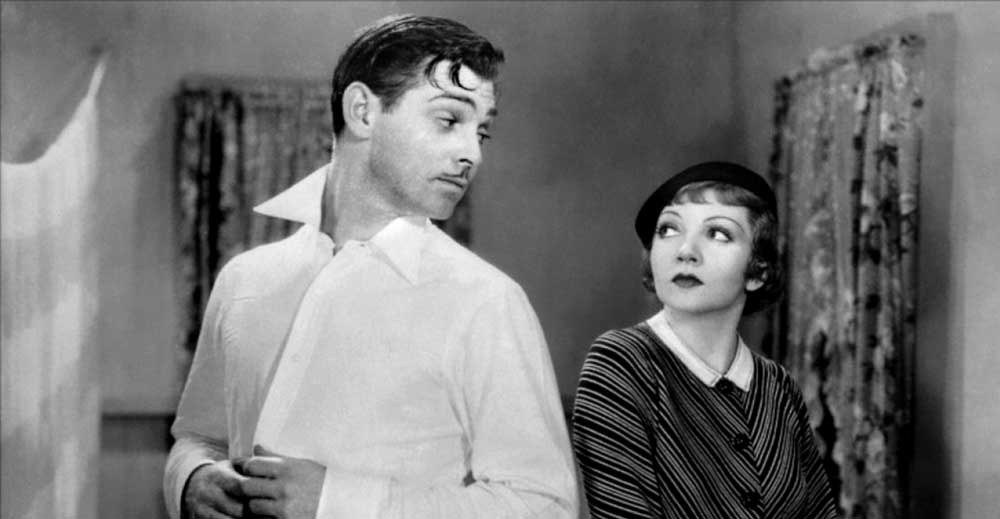
27.6—Nov/Dec 2014
Tales of Forbidden Stereotypes
Real-Life Men & Women & the Tragic Loss of Human Comedy by Anthony Esolen
calling all readers
Please Donate
"There are magazines worth reading but few worth saving . . . Touchstone is just such a magazine."
—Alice von Hildebrand
"Here we do not concede one square millimeter of territory to falsehood, folly, contemporary sentimentality, or fashion. We speak the truth, and let God be our judge. . . . Touchstone is the one committedly Christian conservative journal."
—Anthony Esolen, Touchstone senior editor



